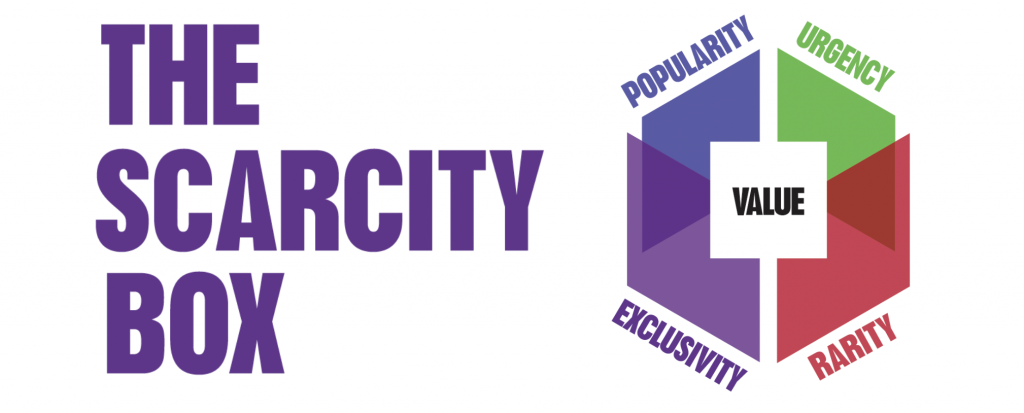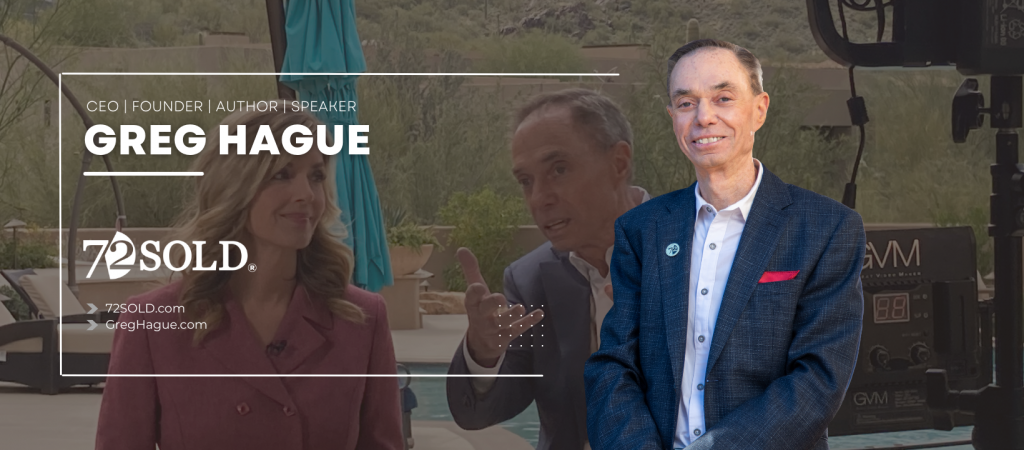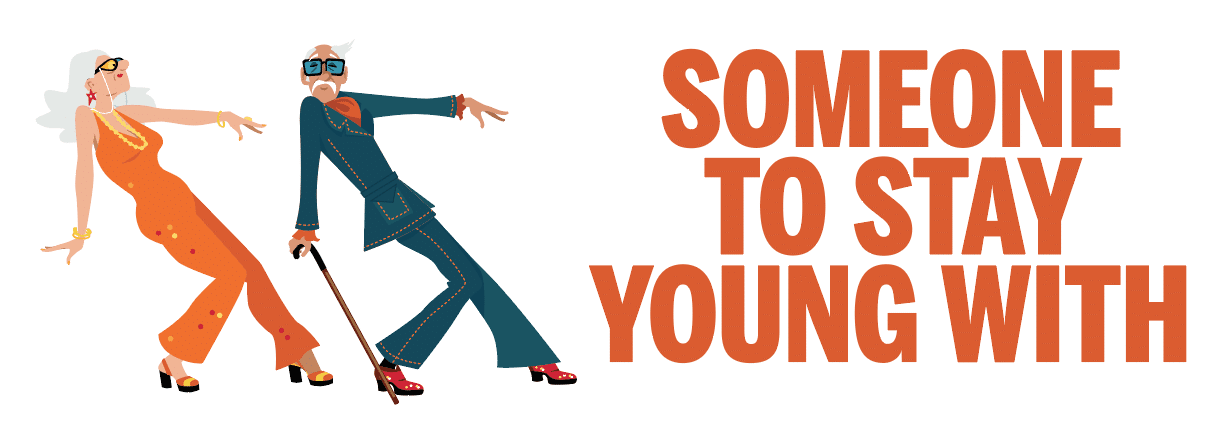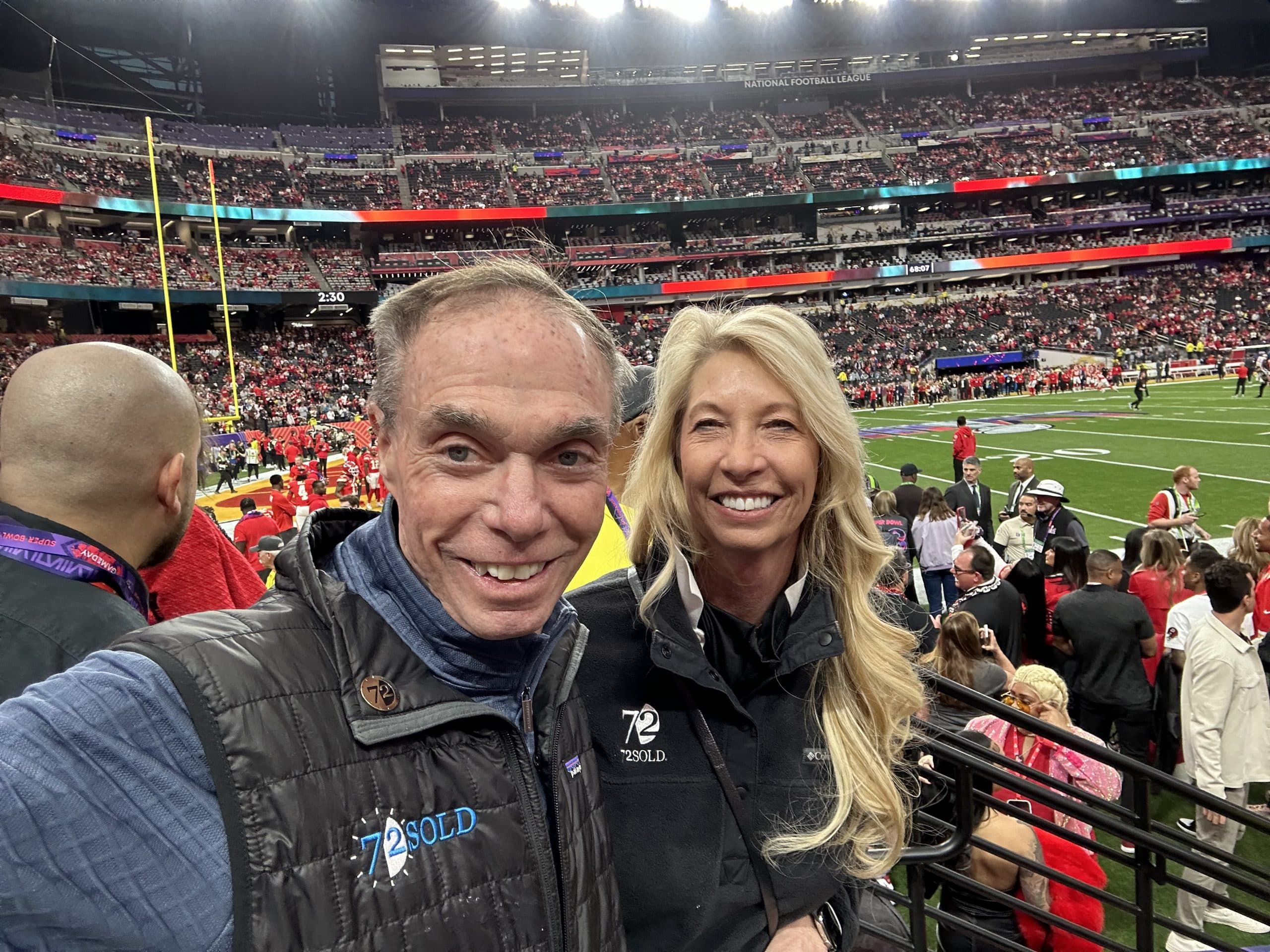“Value is more expensive than price.”
– Toba Beta
Ferrari’s stock valuation is roughly the same as GM’s – each around $30 billion. Yet Ferrari sells one car for every 770 sold by GM. It’s the scarcity box.
Rolex is the most knocked off premium product in the world with over 300,000 Internet searches each year for “fake Rolex.” It’s the scarcity box.
Birkin purses commonly sell for tens of thousands of dollars, with one I found online trying to fetch $425,000. It’s the scarcity box.
In the world of marketing to influence consumer behavior, projecting some type of scarcity is obviously a powerful tool for elevating prices and enhancing profits.
Scarcity taps into our primal instincts. We want things more and will pay more when we perceive them as rare, exclusive and coveted. It’s human nature to want what others can’t have and will be impressed that we do.
Scarcity can be created in many ways, some naturally and some artificially.
The final bite of dessert is naturally occurring scarcity.
The limited-edition “do-not-touch” just-arrived “not for sale” car that is showcased in the roped-off center of the showroom floor is artificially created scarcity.
The psychology (and business) of increasing desire by creating scarcity is a fascinating subject.
While scarcity is usually associated with limited resources or high demand, it can also be created strategically by businesses to drive higher prices for products and services that don’t inherently possess a higher intrinsic value.
It begs the million (perhaps, billion?) dollar questions:
What makes some things perceptually scarce and therefore more desirable?
Why are some products and services so magnetically attractive that we are willing to grossly overpay because of their perceptual value to us?
THE SCARCITY BOX
If you Google “scarcity box” you won’t find anything because I invented the term to help me envision the five types of scarcity I’ve identified as being used by the world’s most successful (and profitable) premium brands to sell products and services for more than they’re worth.
Popularity Scarcity (demand driven)
Rarity Scarcity (supply driven)
Exclusivity Scarcity (prestige driven)
Urgency Scarcity (time driven)
Value Scarcity (money driven)
BIRKIN PURSES
Companies often couple popularity scarcity with rarity scarcity to create exclusivity scarcity. Birkin purses are a great example. Hermes (the manufacturer) promotes these purses to the wealthy but limits supply so severely that they are hard to find, hard to buy, and therefore highly exclusive to own, even among the wealthy. This drives prices of Birkin purses to insane levels, with one I found for sale online trying to fetch $425,000.
SIP YOUR WAY TO A PREMIUM
The perfect example of value scarcity might be as simple as a bottle of water. Some bottled water brands (think Voss, Evian, Penta) use a perception of purity because of a special source or unique filtration process to command significant price premiums.
Voss, for example, then reinforces this perception of quality (higher value) with its sleek, cylindrical glass bottles and labeling referencing its pristine Norwegian source. Because Voss has established itself as a symbol of purity and quality, its price tag is considerably higher than that of ordinary bottled water.
Voss enhances its value scarcity with exclusivity scarcity by its chic image and celebrity endorsements. Is Voss water really healthier or tastier? No study I can find indicates that it is.
A PIECE OF HISTORY? THAT WILL COST YOU.
When the Washington Football Team announced its intention to rebrand and unveiled the limited-time availability of merchandise featuring the old team’s name and logo, fans rushed to buy these items. The fear of missing out on owning a piece of the team’s history was an example of urgency scarcity reinforced by rarity scarcity.
THERE IS NO TRUTH. THERE IS ONLY PERCEPTION. -GUSTAVE FLAUBERT
In many cases, premium products are not better than standard products. It’s the same with services.
But understanding how to leverage the power of the five scarcities can make a product more desirable and cause consumers to pay more (sometimes excessively more) to own it.
Today’s “high value” takeaway?
I see it this way… it doesn’t need to be scarce for people to believe it’s scarce.
Indeed, perception can become an expensive reality.












